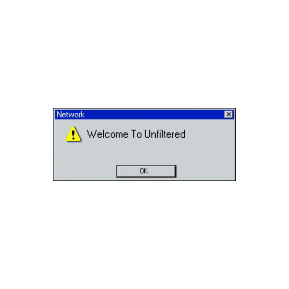Hello Everyone and welcome back to the blog. Another Scimatics project has gone by which means its time for another Summative blog post. Ill be honest, I dont really like the thought of writing these long blogs, but once I start writing It’s really hard to stop. You just have so many ideas you want to share, and its always good to look back and reflect after a project finishes.
For the past two weeks and a half, We’ve been working on creating a chart about correlations and causation. What is a correlation and a causation you may ask.
The definition of a Correlation is a mutual relationship or connection between two or more things. The way we’re using correlations is comparing two variables and recording if their results have any connection. Correlations however, do not mean that the questions directly affect each other. There must be an separate variable that causes the mutual connection (ie. heat waves and shark attacks. The sharks don’t attack more during heat waves, but the separate variable: more people go swimming during heat waves, causes more shark attacks.
Causation is opposite from Correlation. The variables directly affect each other (ie. forest fires and air quality). The forest fires controls the air quality. Here’s an example of a chart solely based off correlation:

This chart could be a total coincidence but we dont know that for sure, there could be a hidden variables that we are unaware of.
To create a Correlation and Causation chart We must first create questions that we can use to collect data. We found this was the hardest part of the project. We were absolutely stuck on what to ask and if the data would be conclusive.
After spending close to 2 classes working on trying to find questions. We created 14 questions to ask so we wold have 7 correlations. However, we knew that not all of these questions would gather enough data for a chart but that’s why we made multiple.
After we had questions to ask, we had to get it out to the people. After learning a lot about the types of surveys, audience and technical aspects of making surveys, we got to work creating a survey.
Unfortunately we ran into a lot of different issues. We prematurely sent our surveys out to soon. We ran into a number of different issues with the survey, and with surveys, you really only get one chance to attract your audience. The questions were unclear with multiple spelling mistakes and poor grammar. Learning from our mistakes on the first one, we created two more surveys. One was a convenience survey, so we could send it to as many people possible, and a sample survey so we could refine our audience for notable answers
After we sent these two out to the public with the help of social media platforms, we received (to our surprise) an abundance of answers that weren’t totally random. With all of this, we got to work. Links to my and my partners surveys here and here. We wont be checking them but I always like to see other people though process after the project is done.
We decided that our first graph was going to have something to do with sports and sleep. Two things that me and my partner liked a lot. We choose two easy questions to ask that would help us record sufficient data.
Our questions were: how many “hours a sleep per day” and how many “hours of sports per week”. We then added the hours of sleep per day 7 times for everyday of the week.
We thought the the more sports you play per week, the more sleep you would get because of fatigue. So this means that we would have a strong positive correlation. Unfortunately we ended up with more of a weak positive correlation. Weak or Strong, It’s still a correlation and we successfully able to predict the results, just not super accurately.

For our second survey, we decided to ask how many hours people study per day, and their parents job. We thought that the more someone’s parents make, the more motivated they would be study, and the less someone’s parents make, the less they would want to study.
Asking people how much their parents make is a touchy subject and can cause some untrue answers. Another problem that we would encounter is that they might not know their parents wage. To get around this we ask them what their parents jobs away, when we took the jobs and put it into the BC provincial job bank to find the hourly wages of each job.
This was a surprisingly strong correction. We did not think that this would be a strong correlation at all. With all of this, we ended up with a strong positive correlation.

And for a little bit of reference here’s a chart showing the types of correlation. 
So looking back, I really thought this project was great. It taught us all about correlation and causation, how to make a survey, how to share a survey different types of surveys, different types of correlation, and a lot more. I give it 7 hours of sleep out of 9 hours of studying a day.

Be First to Comment